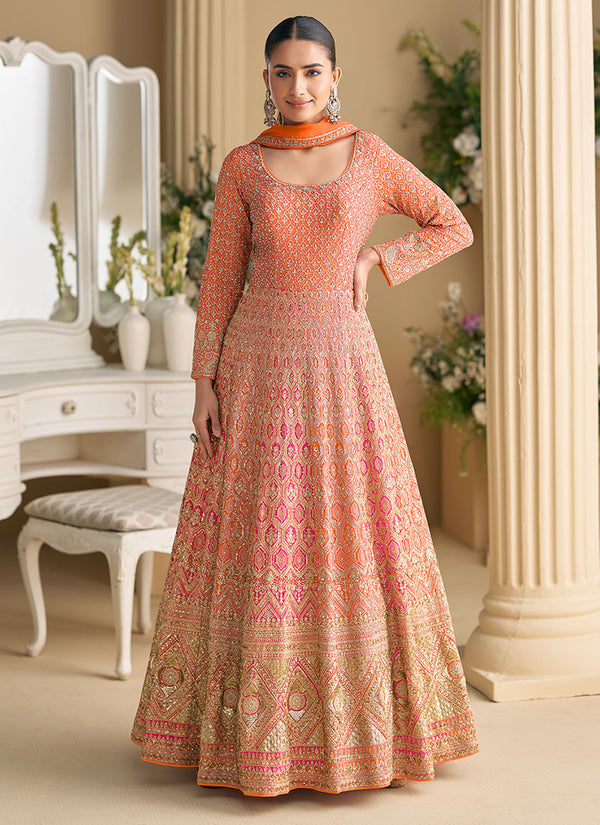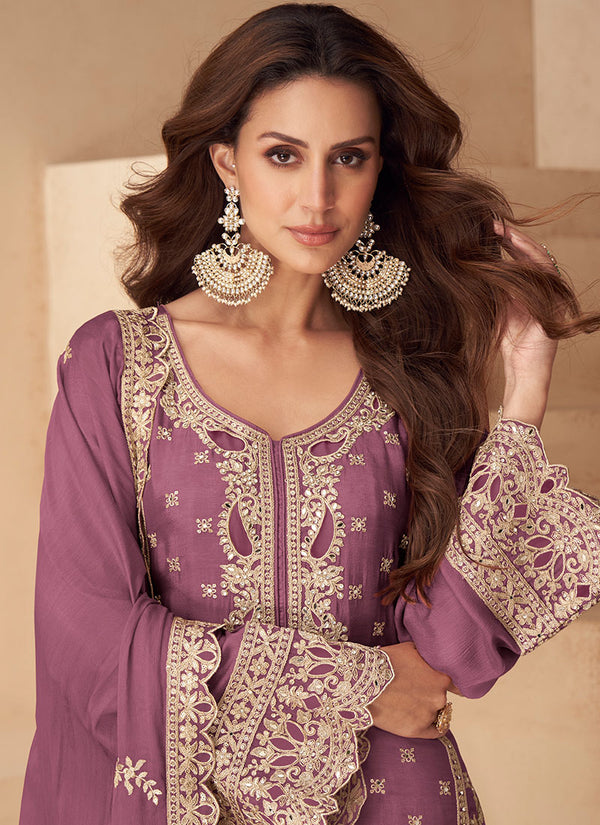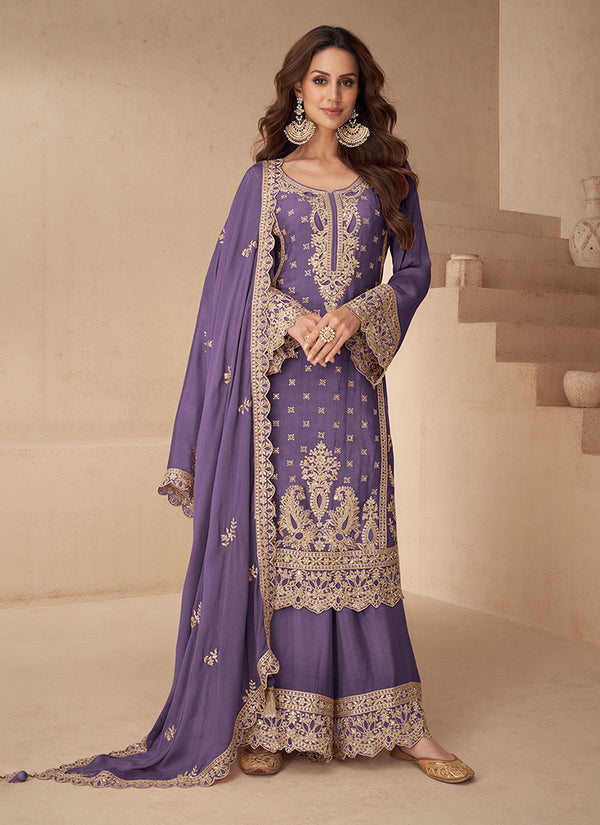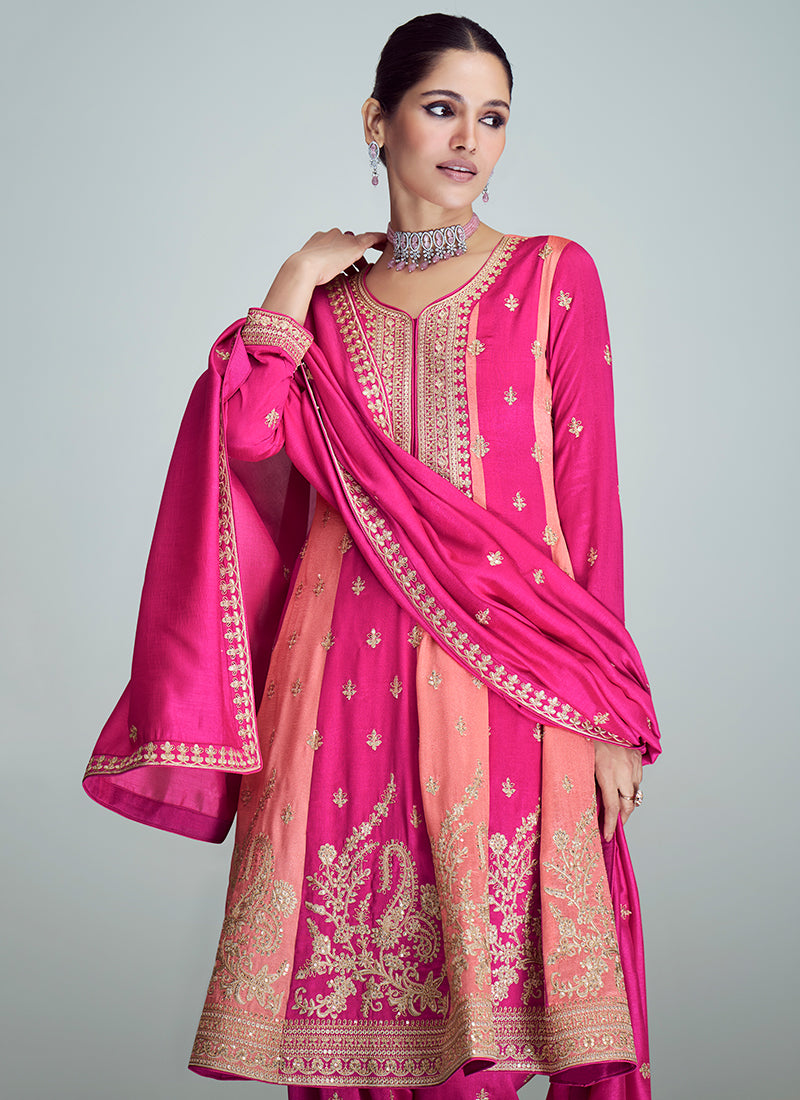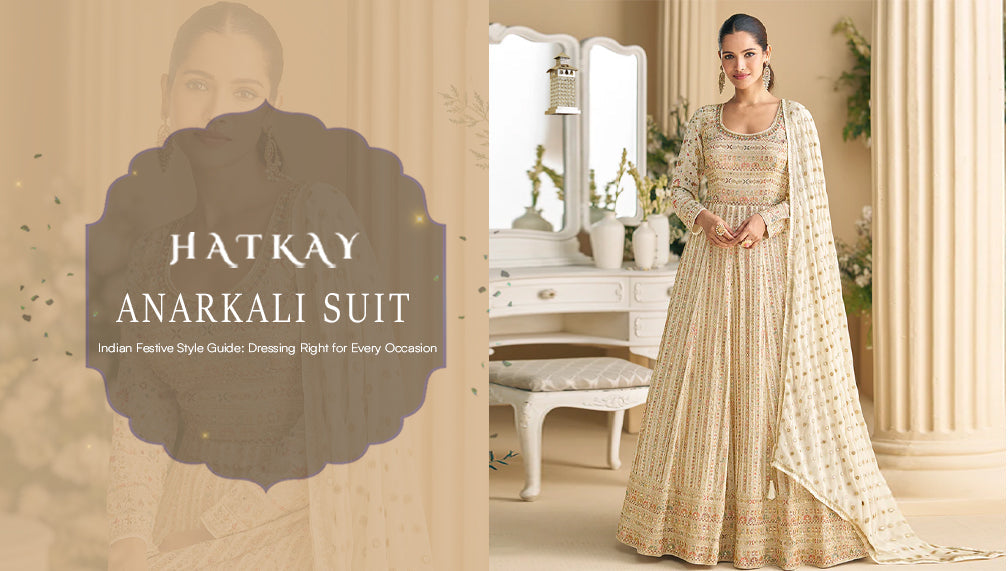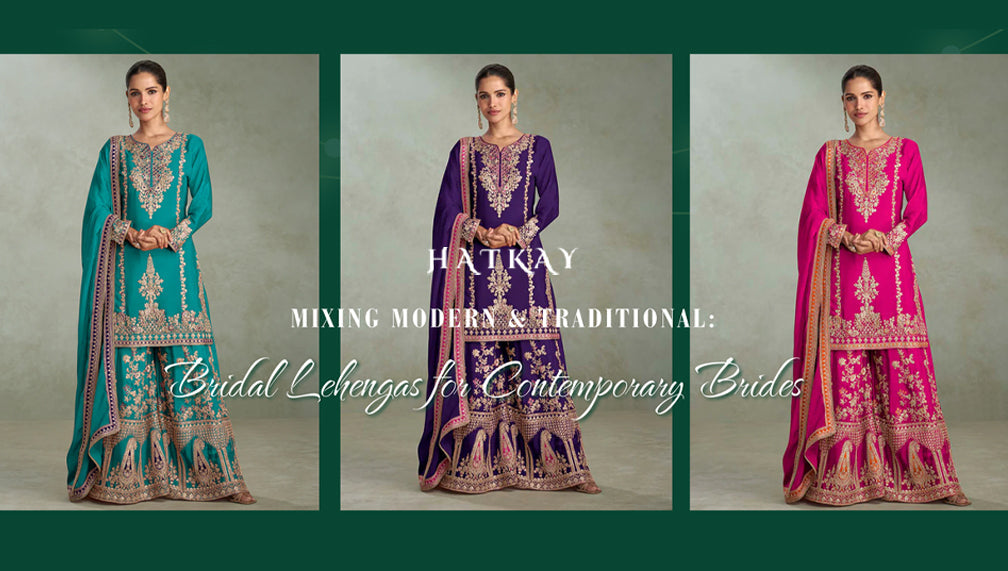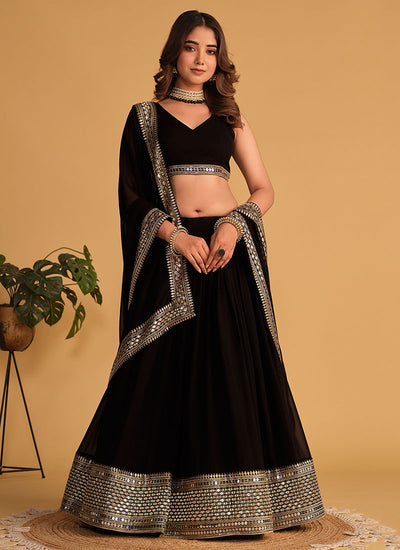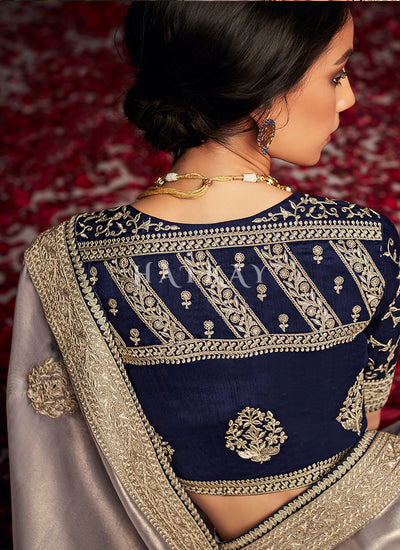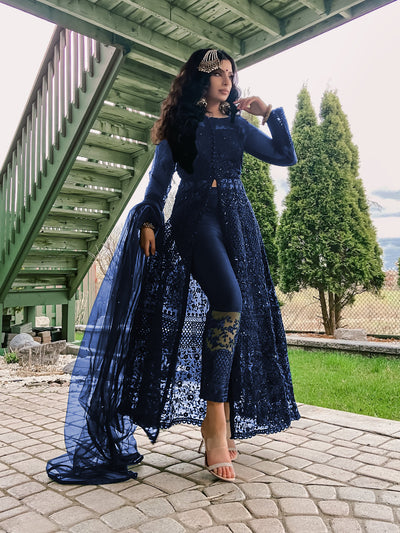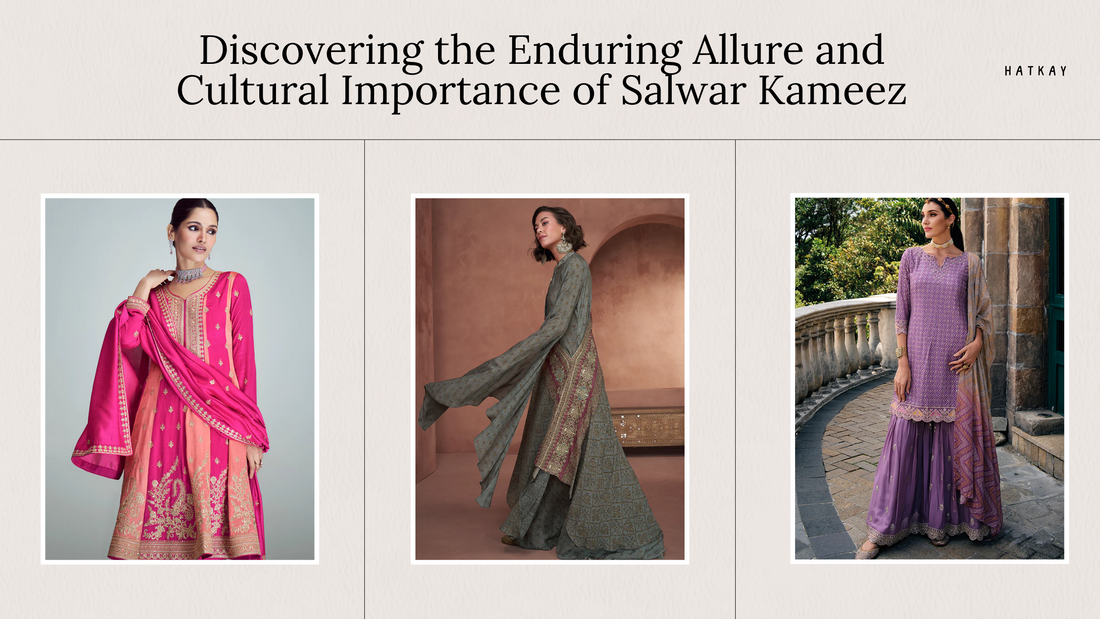
Exploring the Timeless Elegance and Cultural Significance of Salwar Kameez
In the world of fashion, trends come and go, but certain clothing items stand the test of time, transcending generations and cultures. The salwar kameez is one such ensemble that continues to captivate hearts with its unique blend of tradition, versatility, and style. Originating from the Indian subcontinent, the salwar kameez has evolved over centuries, shaping and reflecting cultural diversity while maintaining its distinctive charm. This article delves into the rich history, intricate designs, and cultural significance that make the salwar kameez a truly special garment.
Historical Origins
The roots of the salwar kameez can be traced back to the Mughal era, a period of opulence and grandeur in India's history. While the Mughals introduced many cultural elements, including architecture and cuisine, they also played a pivotal role in shaping the subcontinent's fashion landscape. The Mughal emperors' courts became breeding grounds for fashion innovation, where intricate garments were created, and the fusion of Persian and Indian styles led to the birth of the salwar kameez.
Components of the Ensemble
1. Kameez: The kameez is the upper portion of the ensemble, often resembling a tunic. It comes in various lengths, from knee-length to ankle-length, and can feature a range of necklines, sleeve styles, and embellishments.
2. Salwar: The salwar refers to the loose-fitting trousers that are typically paired with the kameez. It offers comfort and freedom of movement, making it a practical choice for everyday wear.
3. Dupatta: The dupatta, a long scarf or shawl, completes the ensemble. It's not just a fashion accessory but also serves practical purposes, providing modesty and protection from the elements.
Cultural Diversity and Versatility
One of the most remarkable aspects of the salwar kameez is its ability to transcend cultural and geographical boundaries. While it originated in the Indian subcontinent, it has been embraced by various communities and countries, each putting their unique twist on the traditional attire. In Pakistan, the salwar kameez holds immense cultural significance, while in Afghanistan, it's often paired with vibrant embroidery and intricate beadwork. Similarly, in Western countries, the salwar kameez has become a symbol of multiculturalism and a bridge between East and West.
Design Evolution and Contemporary Trends
The salwar kameez has undergone several transformations over the years, adapting to changing fashion trends while maintaining its core essence. Traditional patterns and handwoven fabrics have been joined by modern prints, embroidery techniques, and innovative cuts. Designers have taken the basic silhouette and transformed it into high-fashion statements for runways and red carpets, proving that the salwar kameez is not just a traditional outfit but a canvas for artistic expression.
Empowerment and Identity
The significance of the salwar kameez goes beyond its aesthetic appeal. For many, it's a symbol of cultural identity and pride. In a world that often pressures individuals to conform to homogenous fashion trends, the salwar kameez serves as a reminder of the importance of embracing one's heritage. It empowers individuals to celebrate their roots while making a style statement that is both unique and timeless.
The salwar kameez stands as a testament to the enduring power of culture and fashion. Its ability to adapt, transform, and inspire across generations is a testament to its timeless appeal. From its humble origins in the Mughal courts to its contemporary presence on global runways, the salwar kameez remains a true masterpiece of clothing design. Its combination of history, versatility, and cultural significance makes it more than just an outfit; it's a symbol of tradition, artistry, and the beauty of diversity.

